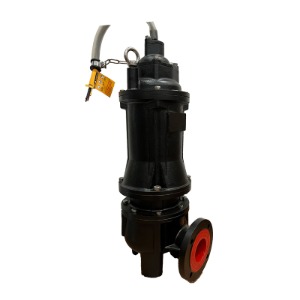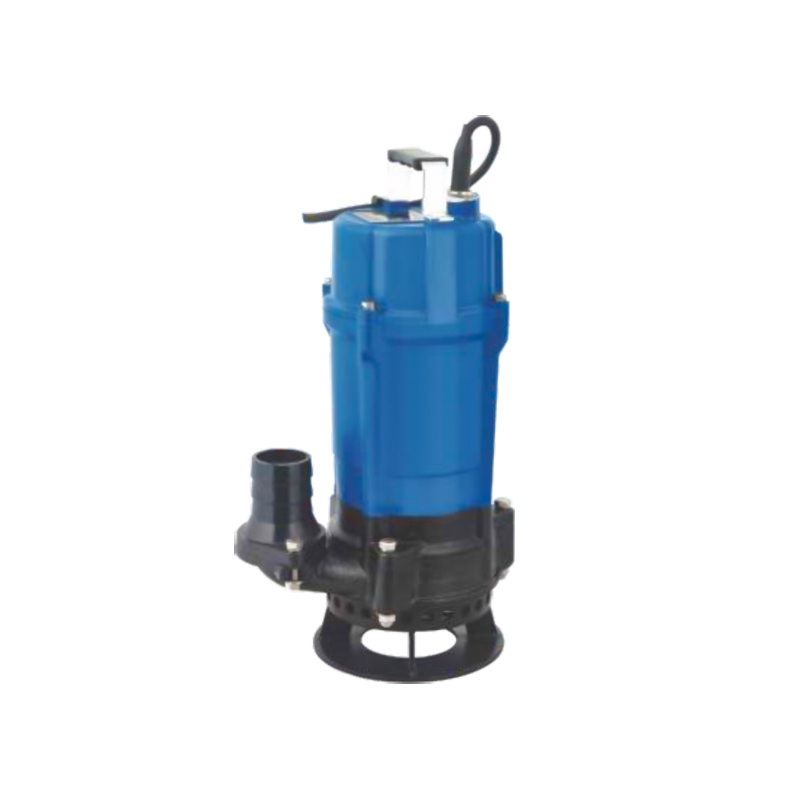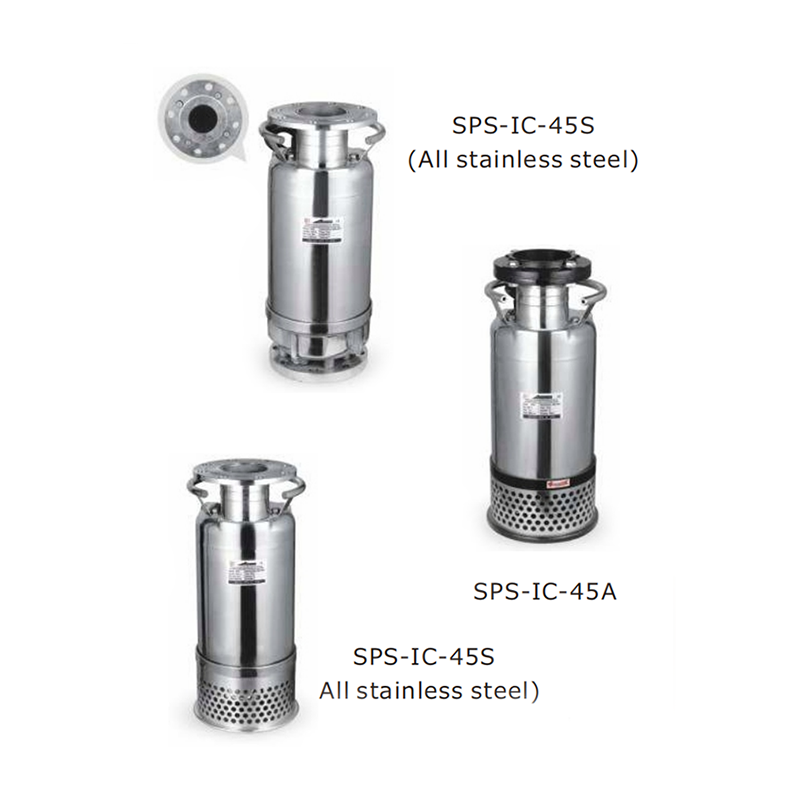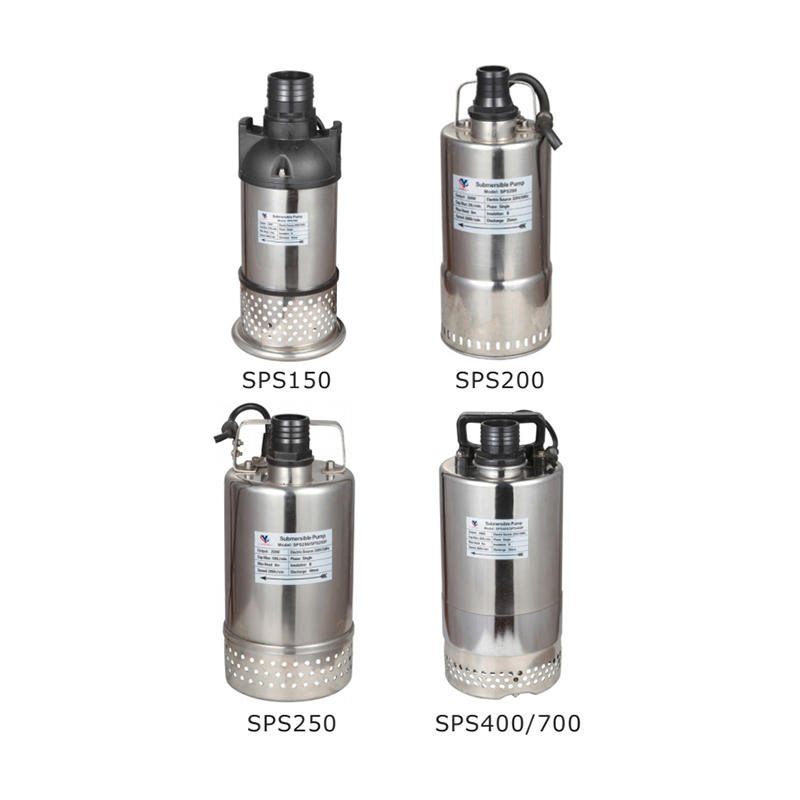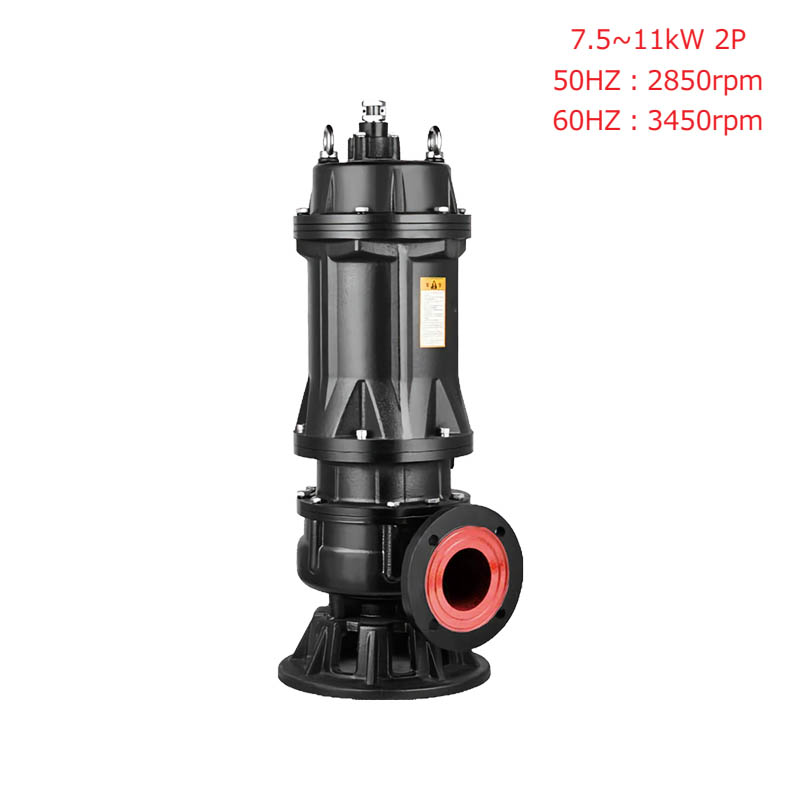A submersible drainage sump pump is essential for efficiently removing accumulated water from basements, construction sites, and low-lying areas. Proper installation of a submersible drainage sump pump ensures performance, prevents frequent breakdowns, and extends the lifespan of the pump. This guide will walk you through the correct steps to install a submersible drainage sump pump, highlight common installation mistakes, and explain how to avoid them.
1. Choosing the Right Location for the Submersible Drainage Sump Pump
Before installing a submersible drainage sump pump, selecting the correct location is crucial. The pump should be placed in the part of the area where water collects. If installing in a basement, ensure that the submersible drainage sump pump is positioned inside a sump pit that is deep enough to handle excess water. The pit should have a solid base to support the pump and prevent sediment from clogging the system.
U Series 2.2-5.5kW 2P Sewage Wastewater Pump
2. Preparing the Sump Pit
A properly prepared sump pit improves the efficiency of the submersible drainage sump pump. The pit should be at least 18 inches in diameter and 24 inches deep, allowing enough room for the pump to operate effectively. A layer of gravel at the bottom of the pit helps improve water drainage and prevents dirt from entering the submersible drainage sump pump.
3. Installing the Check Valve
A check valve is a critical component when setting up a submersible drainage sump pump. It prevents backflow, ensuring that water doesn't return into the sump pit once it has been pumped out. The check valve should be installed on the discharge pipe, approximately 12 inches above the pump outlet, and positioned correctly to allow one-way water flow.
4. Connecting the Discharge Pipe
The discharge pipe carries water away from the sump pit, preventing flooding. When installing a submersible drainage sump pump, use a PVC pipe with a diameter that matches the pump outlet. The pipe should be directed away from the foundation of the building to avoid water re-entering the structure. Proper sealing at the pipe joints prevents leaks and ensures smooth water flow.
5. Securing the Power Supply
A submersible drainage sump pump requires a dedicated GFCI (Ground Fault Circuit Interrupter) outlet to operate safely. The power cord should be kept dry and away from any moving parts of the pump. Never use an extension cord, as it can cause to power fluctuations that may damage the submersible drainage sump pump.
6. Testing the Submersible Drainage Sump Pump
Once the submersible drainage sump pump is installed, it is important to test its functionality. Fill the sump pit with water to ensure that the submersible drainage sump pump activates automatically and pumps water out efficiently. If the pump does not start, check the float switch, which triggers the pump when water reaches a certain level.
Common Mistakes to Avoid
Incorrect Pit Size – A sump pit that is too small can cause the submersible drainage sump pump to cycle on and off frequently, causing to premature wear.
No Check Valve – Without a check valve, water may flow back into the sump pit, forcing the submersible drainage sump pump to work harder than necessary.
Improper Pipe Installation – Loose or poorly sealed pipes can cause to leaks and inefficient water removal.
Using an Extension Cord – A submersible drainage sump pump requires a stable power source; using an extension cord increases the risk of electrical hazards.
Skipping Regular Maintenance – Over time, sediment and debris can clog the pump, reducing efficiency. Cleaning the submersible drainage sump pump regularly prevents these issues.
Proper installation of a submersible drainage sump pump ensures effective water removal and long-term reliability. By choosing the right location, preparing the sump pit, installing a check valve, securing a stable power source, and testing the system, you can maximize the efficiency of your submersible drainage sump pump. Avoiding common installation mistakes will help maintain the pump's performance and prevent costly repairs. Whether you are using a submersible drainage sump pump for residential or commercial dewatering, following these guidelines will ensure operation and protection against water damage.



 English
English русский
русский عربى
عربى